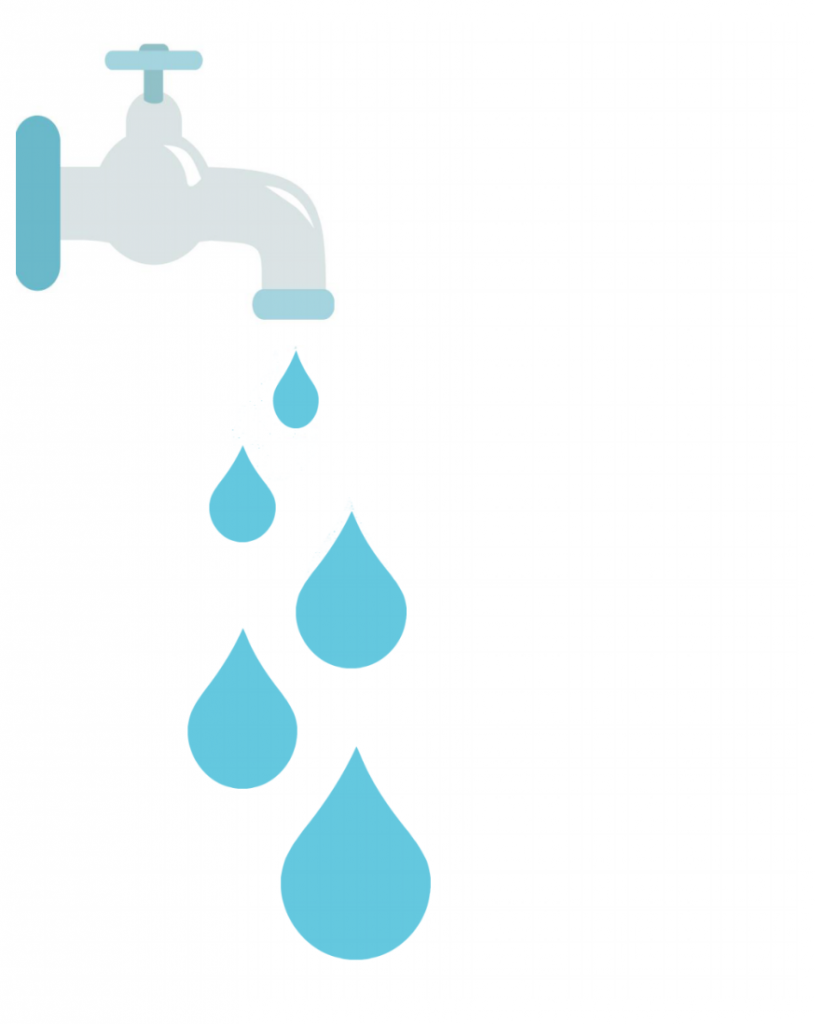Several large rainstorms walloped the San Francisco Bay Area and the rest of the state since the start of the new year, moving California out of a five-year drought and into a lush scene of greenery.
As of March 7, the U.S. Drought Monitor California calculates 76 percent of the state to be out of the drought. The meteorological drought, which is a period of subnormal rainfall, has been over for approximately three weeks.
Despite the fact that the five-year drought state of emergency will soon be over, the effects, – most notably the water table heavily relied on by farmers – will be felt for years to come, hidden beneath the replenished landscape.
According to SF State meteorology professor John Monteverdi, parts of the state experienced the wettest winter on record, especially in the Sierra Nevada, Cascades and in Sacramento. Although the whole state is “completely” out of drought conditions, Gov. Jerry Brown has not officially declared the drought over, but plans to do so at the end of the rainy season.
San Francisco has already received 4 inches above its yearly rainfall average with six weeks remaining in the rainy season.
“Reading the downtown San Francisco rain gauge at face value shows us that this is San Francisco’s 14th or 15th wettest winter in 160 years since the gauge started collecting rain totals,” Monteverdi said.
The Sierra Nevada also received an above-average snowpack. According to Monteverdi, if all the snow in the Sierra Nevada melted right now, it would equal 80 inches of rainfall.
Even though the meteorological drought is over, the California Central Valley water table is still quite dry and “needs to be mitigated,” according to Monteverdi.
“Central Valley farmers get water from a complicated water resource system with the feds restricting their water use, so a lot of corporate farmers pumped the hell out of the aquifers, so there’s a depletion,” Oswaldo Garcia, SF State meteorology professor said.
Aquifers or water tables are a vital resource because in an average year of rainfall, they can provide up to 40 percent of the state’s water resources for drinking and agricultural use, according to watereducation.org.
However, as Garcia said, farmers have been using these groundwater resources for the past five years, drying up available resources. This can make it more difficult for portions of the state like Southern California to recover from drought conditions, where approximately two-thirds of residents rely on underground sources for water.
Some areas of the state, such as the Southern coast and Imperial County near the Palm Desert, are still experiencing small-scale drought conditions, according to Brian Fuchs of the National Drought Mitigation Center at University of Nebraska-Lincoln and a U.S. Drought Monitor contributor.
According to the U.S. Drought Monitor California, only 1.1 percent of the state, the Imperial County area, is still in severe drought. Only 8.24 percent of the state, the Southern California coast and the Catalina Islands, are experiencing moderate drought conditions.
This is a significant difference compared with levels seen last October where 83 percent of the state was in extreme or severe drought.
Fuchs and the collaborative team from the National Oceanic and Atmospheric Administration and the American Association of State Climatologists at the U.S. Drought Monitor have been working to track the drought and rainfall totals in California every week with “40-50 different date indicators each week from different timescales,” and will continue to do so into the dry summer months.
“We have a network of what I call local experts around the country, about 425 of these people and about two to three dozen out in California that correspond with us,” Fuchs said. “People know what’s going on in their backyard better than anyone else.”
He explained that communication is vital, because true understanding of conditions is hard to distinguish with physical data alone.
Through this method, Fuchs and his team are able to keep track of water issues that may develop, improve, or may not be reported through the national data stream.
Even though conditions are significantly improving, Fuchs says recovery from effects like aquifer depletion may take longer than the five-year drought itself.
Despite the long recovery, Fuchs said this year’s heavy rainfall was a welcoming and surprising sight after the disappointing results of last year’s El Nino, which failed to bring as much rain as anticipated.
“We don’t get any bonus for showing more drought or less drought on the map each week.” Fuchs said. “We were really concerned with the people who were being impacted: the farmers and ranchers, those who are running out of water and have their wells go dry, or anyone who is suffering hardships, and so it is nice to see when an area has been impacted to see those improvements coming.”
Monteverdi also remains positive about the outlook of San Francisco and the state’s water supply because April and May often bring rain showers.
“Even if it stopped raining and we didn’t get one more single drop of rain, we are still finally really good on water.”







